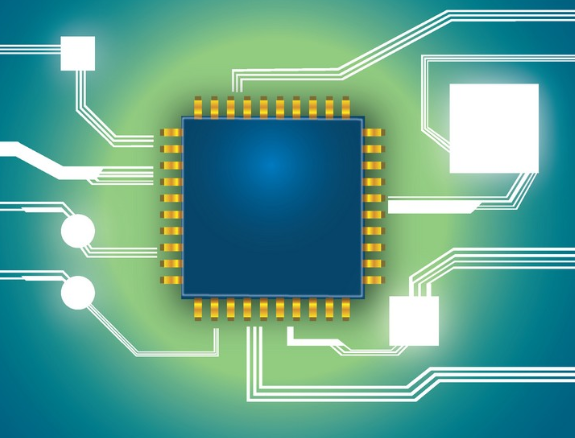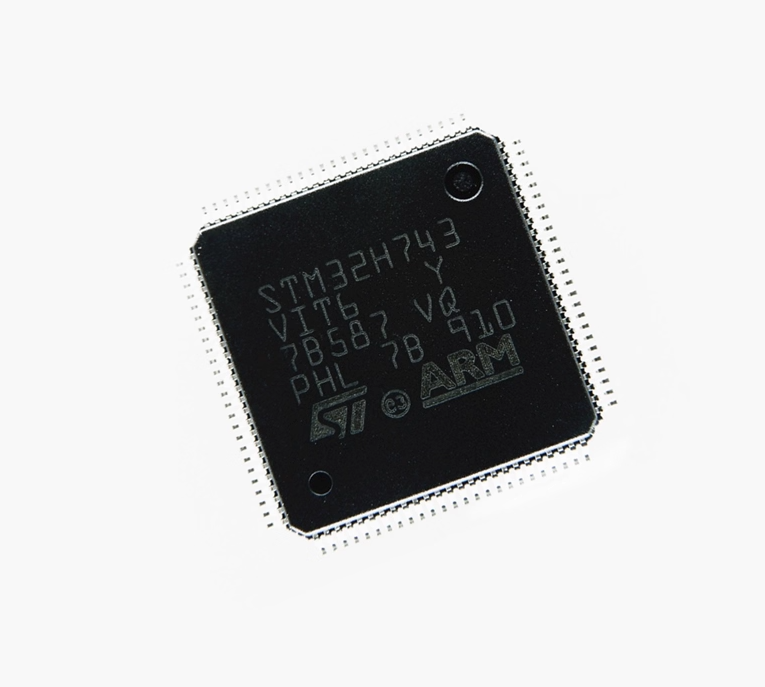Supply chain volatility has made MLCC cross-referencing an essential engineering skill. This guide provides a systematic methodology for evaluating Murata, Samsung, Yageo, and KEMEcapacitors beyond basic specifications, focusing on the electrical characteristics that determine real-world performance equivalence.
Recommended article: Yageo CC0603KRX7R9BB104 MLCC: Complete Technical Guide for EngineersCritical Performance Parameters
| Parameter | Impact | Measurement Standard |
|---|---|---|
| DC Bias Characteristic | Effective capacitance under operating voltage | JEDEC JESD-21-C |
| Temperature Coefficient | Capacitance stability across temperature | EIA RS-198 |
| ESR/ESL | High-frequency performance | Impedance analyzer |
DC bias characteristics show the most significant variation between manufacturers. For example, a 10μF X5R capacitor from different vendors may retain anywhere from 30% to 70% of its nominal capacitance at 5V bias.
Part Number Decoding Across Manufacturers
| Manufacturer | Example Part | Key Elements |
|---|---|---|
| Murata | GRM188R71H104KA01D | R7=X7R, 1H=50V, 104=100nF |
| Yageo | CC0603KRX7R9BB104 | 0603 case, X7R, 100nF, 50V |
Manufacturer Performance Comparison
DC Bias Performance Trends
- Murata: Typically shows 20-30% better capacitance retention than minimum specs
- KEMET: "X7S" dielectrics offer improved bias performance
- Samsung: CL series shows reduced bias effects vs standard X5R/X7R
- Yageo: Standard X7R shows typical 50-60% retention at rated voltage
Practical Cross-Referencing Methodology
- Define Critical Parameters: Identify non-negotiable specs including DC bias requirements, temperature range, and ESR limits
- Generate Candidate List: Use manufacturer tools for initial screening
- Datasheet Analysis: Compare DC bias, ESR, and TC curves side-by-side
- Prototype Validation: Test under worst-case operating conditions
FAQ
How does case size affect DC bias performance?
Smaller case sizes (0402 and below) typically show 5-10% worse capacitance retention due to thinner dielectric layers.
What's the minimum sample size for reliable validation?
Test at least 30 pieces from three different date codes to account for manufacturing variations.
How do temperature extremes compound DC bias effects?
At +125°C, an X7R capacitor may lose an additional 10-15% capacitance compared to room temperature measurements.
Are automotive-grade parts interchangeable between vendors?
Only if they meet all AEC-Q200 requirements and show comparable electrical characteristics in datasheet curves.
What's the typical aging rate difference between X7R and X5R?
X5R typically ages 2x faster than X7R (≈2% vs ≈1% per decade hour at 25°C).
For immediate samples or bulk orders, you can contact the supplier via the contact email below.
Get The Best Price From EQGOO!
10K of models in stock! Just waiting for your enquiry!


